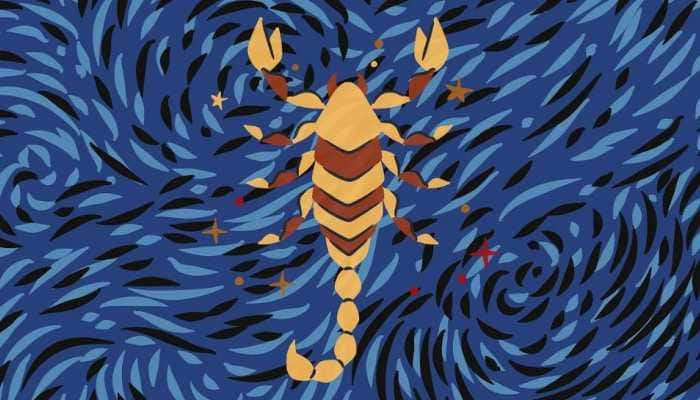Exploring The Link Between Cluster Headaches, Migraine And How It Affects The Body's Internal Health
According to a study, cluster headaches and migraine have been found to have close associations with the circadian system, the internal clock that controls bodily functions . Here are some detailed facts about the study, read more to find out.
Trending Photos
) Pic courtesy: Pexels (representational purpose only)
Pic courtesy: Pexels (representational purpose only) The analysis was published in the online edition of Neurology, the official journal of the American Academy of Neurology. All cluster headache and migraine studies that have circadian aspects were included in the meta-analysis.
These include studies on whether genes linked to the circadian clock are more prevalent in people with these headaches as well as information on the timing of headaches throughout the day and the year. The researchers also looked at studies on cluster headaches and migraine and hormones related to the circadian system, including cortisol and melatonin.
"The data suggest that both of these headache disorders are highly circadian at multiple levels, especially cluster headache," said the study author Mark Joseph Burish, MD, PhD, of the University of Texas Health Science Center at Houston in Texas and a member of the American Academy of Neurology.
"This reinforces the importance of the hypothalamus -- the area of the brain that houses the primary biological clock -- and its role in cluster headaches and migraine. It also raises the question of the genetics of triggers such as sleep changes that are known migraine triggers and are cues for the body`s circadian rhythm."
For cluster headaches, the meta-analysis found a circadian pattern of headache attacks in 71% of people. Attacks peaked in the late hours of the night to early hours of the morning. During the year, people had more attacks in the spring and fall.
On the genetic level, cluster headache was associated with two main circadian genes, and five of the nine genes that increase the likelihood of having cluster headache are genes with a circadian pattern of expression. People with cluster headaches also had higher cortisol levels and lower melatonin levels than people without cluster headaches.
For migraine, the meta-analysis showed a circadian pattern of attacks in 50% of people. While the peak for attacks during the day was broad, ranging from late morning until early evening, there was a circadian low point during the night when few attacks happened.
Migraine was also associated with two core circadian genes, and 110 of the 168 genes associated with migraine were genes with a circadian pattern of expression. People with migraine had lower levels of melatonin in their urine than people without migraine.
In addition, melatonin levels were lower during a migraine attack."These results raise the potential for using circadian-based treatments for headache disorders," Burish said.
"This could include both treatments based on the circadian rhythm -- such as taking medications at certain times of the day -- and treatments that cause circadian changes, which certain medications can do."
A limitation of the study was that researchers did not have information on factors that could influence the circadian cycle, such as medications, other disorders such as bipolar disorder or circadian rhythm issues such as night shift work.







)
)
)
)
)
)
)
)
)
)
